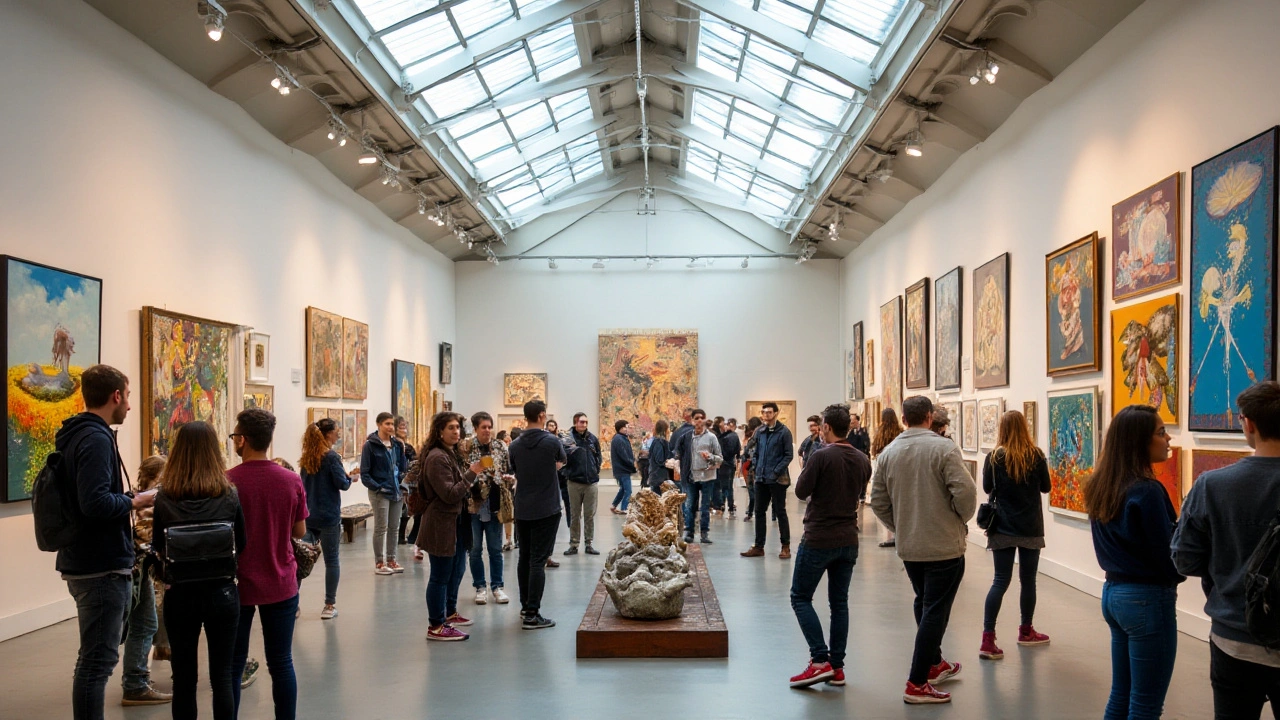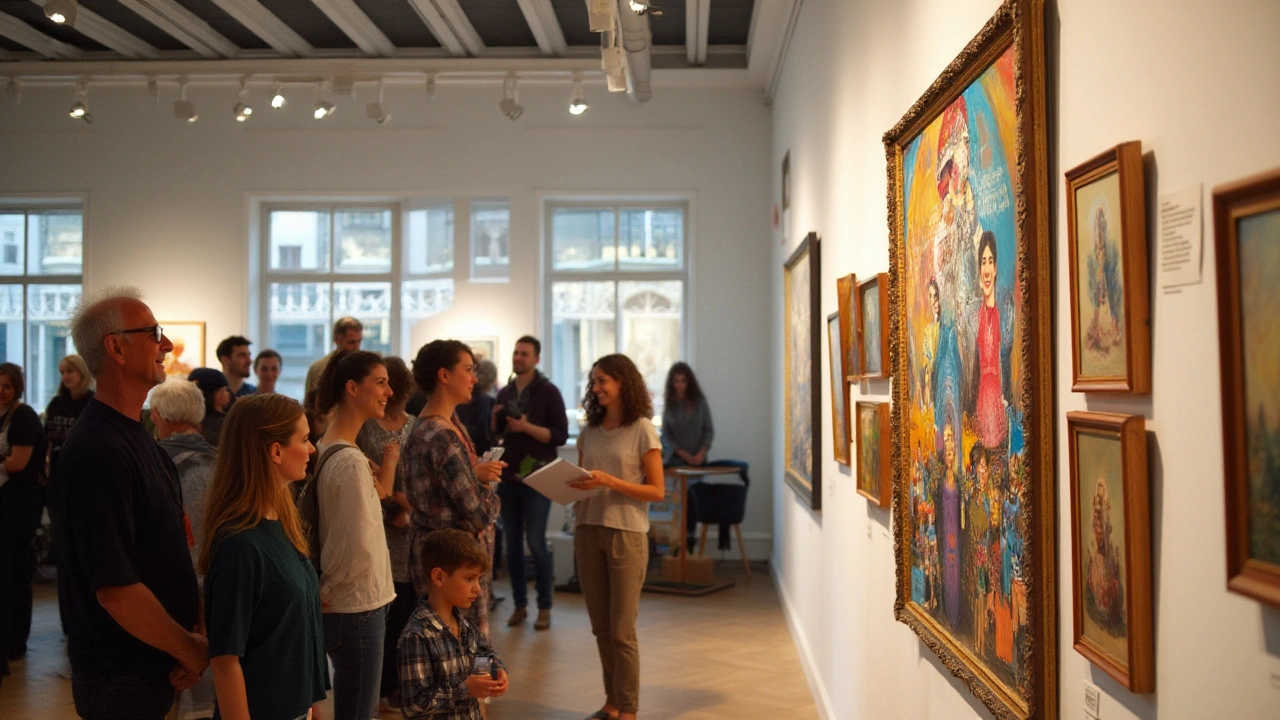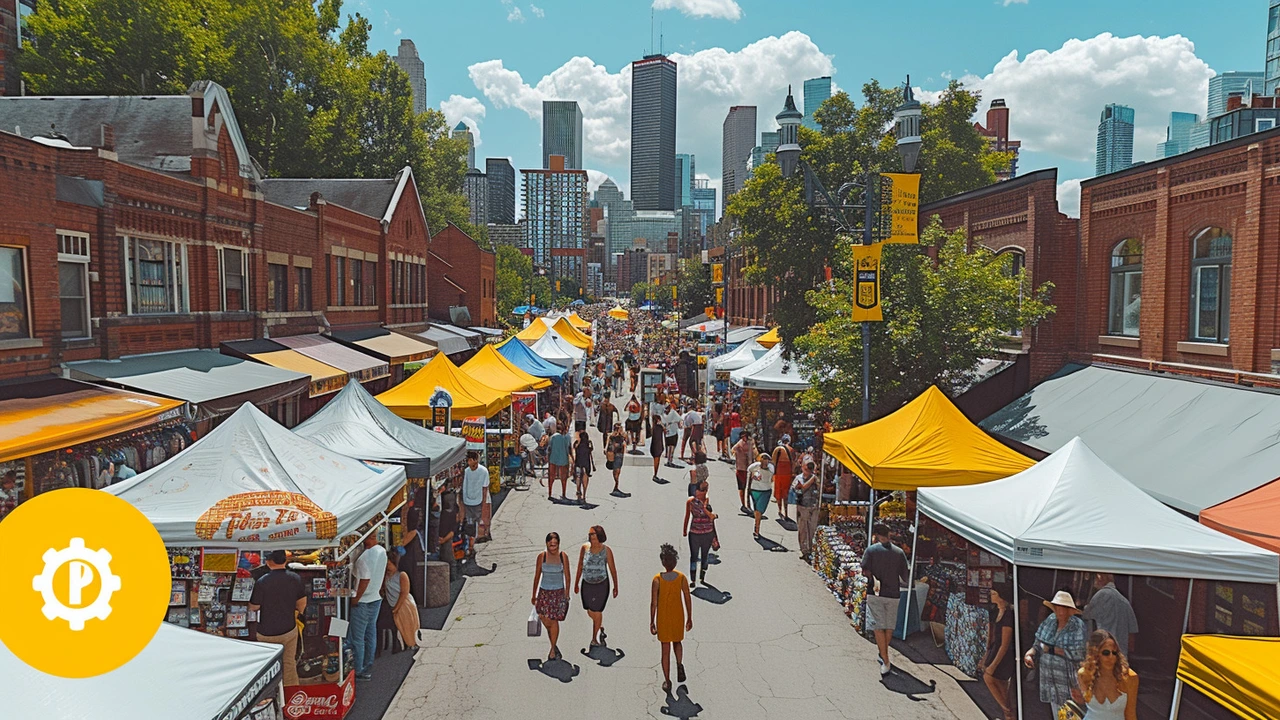Art Trends: What's Shaping Visual Art Right Now
Art trends change fast. One week it's hyperreal paintings that fool your eyes, the next it's Bauhaus minimalism showing up in furniture and apps. If you follow visual art, you want to spot what’s meaningful, what’s a fad, and how those shifts affect design, galleries, and everyday spaces.
Photorealism and hyperrealism push technical skill to the limit. Artists use photo references, airbrushing, and tiny brushwork to create paintings that look like photos. These works grab attention because they test perception — you pause, inspect, and then start asking how the image was made. For collectors, check close detail and technique; for creators, study light, texture, and edges.
On the flip side, revival movements keep resurfacing. Bauhaus principles — clean lines, functional forms, smart materials — keep influencing interiors, product design, and branding. Baroque revival and other historic styles reappear too, but updated with modern colors or tech-ready materials. Seeing old ideas mixed with new tools is one of today’s clearest trends.
Immersive and Public Art: Installation, Land Art, Fluxus
Installation art and land art are turning galleries into experiences. Large-scale works, often interactive, make viewers part of the piece. Fluxus-style performance and playful interventions keep the focus on participation over perfection. Cities borrow these ideas too — plazas and parks become canvases. If you want to experience a trend, look for immersive shows and public projects rather than just framed works.
Technology is changing everything. Futurism in art shows up as VR, AR, AI-generated textures, and game-like environments. Designers use these tools to explore new forms and storytelling. Gaming, smart cities, and art collide; artists think like developers, and developers think like artists. That crossover is expanding who makes art and who experiences it.
Spotting a Lasting Trend and Using It
How do you tell a trend that lasts? Look for crossovers. When a style appears in galleries, homes, public space, and digital platforms, it’s probably here to stay. Practical tip: adopt the idea, not the whole look. Add a Bauhaus lamp to calm a busy room, or pick one photoreal piece as a focal point instead of overhauling your space.
If you're buying art or decorating, trust your reaction first. Then check context: which movement it nods to, the techniques used, and whether it sparks conversation. For artists, experiment with mixing movements — a Cubist layout with VR layers, or a Baroque motif with minimalist materials. That blend often produces the most interesting results.
Want to see more? Visit contemporary galleries, public art trails, and online shows focused on installation and new media. Follow artists who crossover between design and tech — they often set trends rather than follow them. Keep your eyes open, ask good questions, and bring one small trend into your space to test how it feels.



